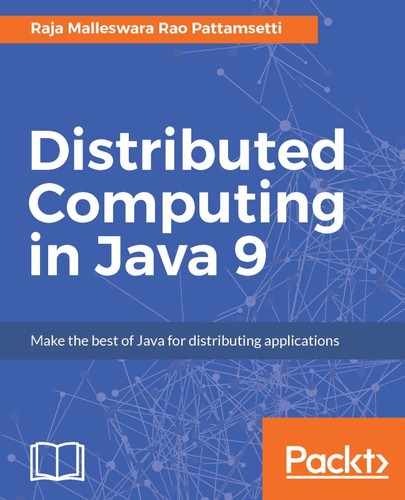Data has been increasing rapidly across the world due to various reasons such as transactional, application information, demographic, social networking, and audit information. Organizations have to find newer ways to manage such huge volume of data other than relational databases (such as, MySQL and Oracle) to bring simple design, horizontal scaling, and clustering to ensure better access control and performance. This means that the data stored in a NoSQL database carries a data model, which is different from tabular relations of relational databases. NoSQL means Not Only SQL. The following diagram shows different types of database models:

The preceding diagram represents types of databases; relational and analytical databases are treated as SQL databases, while the others are added with NoSQL.
SQL, the structured query language, has been around from the 70s, and is the most frequently used database query language in relational databases with abilities such as Data Definition Language (DDL) and Data Manipulation Language (DML).
NoSQL has been around from the 90s, and its key purpose is to achieve a greater performance in large databases. The key-value, column-family, graph, and document data structures makes the faster processes compared to a relational database.
The following table shows the key difference between SQL and NoSQL database models:

Within the NoSQL database, there are multiple types of database based on the content and relationship maintenance. The following table shows the key differences and variants available within NoSQL databases:

Apart from the earlier discussed advantages of different NoSQL databases, having the ability to contain flexible and dynamic schemas, support for distributed database system, automatic database replication, integrated caching, and tunable consistency are their major benefits.
